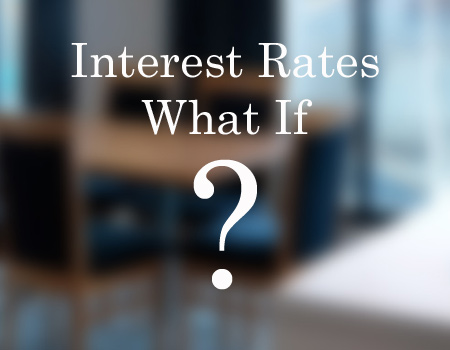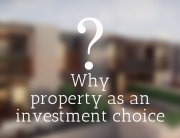Interest rates are defined as ‘the cost of credit’, in other words it’s the price we pay for using other people’s money. Household debt in Australia is close to $2 trillion, around $80,000 per person. Obviously some owe a lot less and some of us owe a lot more!
Finance is crucial to economic activity; for households, corporations and government. Few of us have all the money we need at our disposal to buy or build the big ticket items like houses, factories or bridges and so we have to borrow and pay it back over time. At a micro or household level, credit allows us to create wealth by purchasing assets that appreciate over time. It also allows us to purchase assets that depreciate over time but enhance our standard of living, the cost we incur is the interest we pay.
For most people the single largest purchase in their lives will be the family home and so it’s not surprising that the lion’s share of private sector debt is for housing and the rest is predominately credit card and vehicle debt. Housing debt includes owner occupier debt and to a lesser degree housing investment debt. Credit card debt is considered ‘consumption debt’ because we buy things with credit cards that get used up quickly or fall in value over time, typically it’s classified as ‘bad’ or unproductive debt. As a nation we are by and large committed and reliable re payers. Housing loans in default hover around the less than one percent mark and a significant proportion of borrowers are ahead in their payments. It seems a lot of us are not necessarily ‘great savers’ but we are ‘great payers’.
So how does all of this relate to investment property purchase decision?
Given that our lenders, with strict prudential supervision, are comfortable lending up to 105% of an investment property purchase at the same low rates they do for owner occupier properties is a strong endorsement of the safety in bricks and mortar as an investment. Borrowing to invest allows you to access the power of leverage and purchase assets much larger than you would be able to if you had to fund it using your own money. The cost will be the interest you repay to the lender but that cost like all associated with owning an income producing (rent) asset is fully tax deductible. The cost of borrowing is weighed up against the opportunity cost of not investing now.
Time in the market is important when investing in property so any recommendations need to be based on the idea of ‘sustainable investment’, can you afford to hold the property for the long term, allowing for fairly predictable changes in circumstances over time and movements in interest rates?
Why? Because interest rates will change over time as sure as night turns into day.
Monetary Policy is Reserve Bank action designed to influence both the availability and cost of finance in the economy. Interest rates are pushed up to slow the economy and limit inflation and they are eased to encourage spending and activity and therefore employment. So, as economic circumstances change so will the prevailing cost of credit.
When calculating out of pocket costs for an investment purchase build in a buffer, ask to see the figures at an interest rate of 1-2% higher than currently on offer. Keep in mind though that given the RBA typically adjusts the dial by .25% at a time you have many adjustments before you reach the 2% mark. The upside of a rate increase is that your tax deductions increase and more people may delay buying their own home and continue to rent and put upward pressure on rents. Remember, “profit is the return to risk” (aka the factor of production, enterprise) so you do have to take some risks if you are to build wealth for the future but make it a ‘calculated’ risk.








Recent Comments